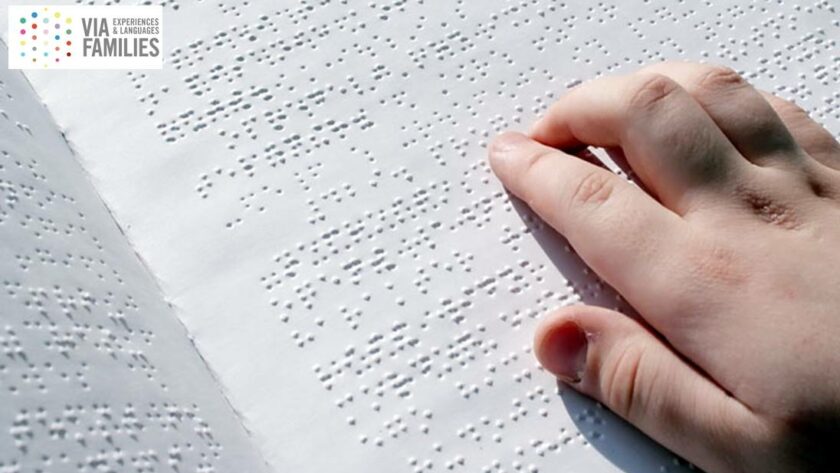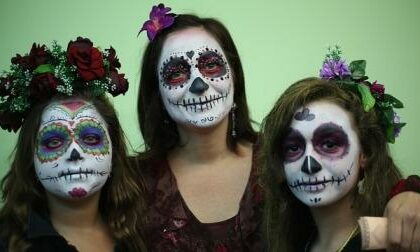Every January 4 is celebrated the World Braille DayThe alphabetic relief system, designed to represent letters, punctuation marks, numbers, scientific graphics, mathematical symbols and music, provides blind people with a valid and effective tool for reading, writing and accessing education, culture and information.
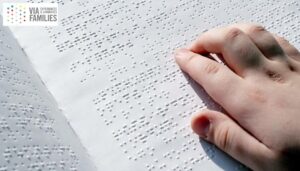
It consists of a combination of six raised dots divided into cells, organized as a matrix of 3 rows by 2 columns, which allows to obtain 64 different combinations, including the one without any dot, which is used as a blank space to separate words, as well as special differentiating signs to convert a letter into uppercase, italic, number or musical note. They are conventionally numbered from top to bottom and from left to right.
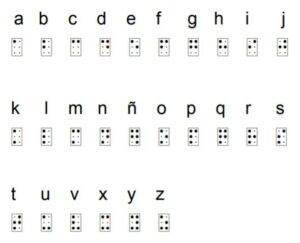
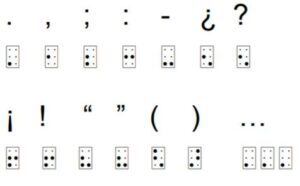
The UN has recognized and declared World Braille Day, to be celebrated every January 4, highlighting multilingualism as a core value of the United Nations. The main purpose is to raise awareness of the importance of Braille as a means of communication for the full human fulfillment of blind and visually impaired people. This day was chosen to commemorate the birth of the reinventor of this language, Louis Braille (January 4, 1809).
Louis was playing in his father’s workshop and thanks to an accident with a sharp awl and the fact that medicine in those days was not so advanced, the infection spread with great speed, leaving him blind at the age of 3. He learned to read by touch, they carved the letters on pieces of wood, then when he was 10 years old he entered the Institute for blind children in France where they used wooden sticks to represent letters of the alphabet. They had a small orchestra right there, so Louis learned to play the cello and organ.
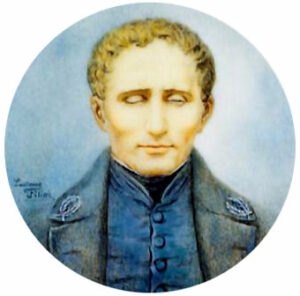
The idea of Braille language started by the French Captain Charles Barbier, after the Napoleonic War, invented the “night writing” which consisted of raised dots on a cardboard which was sent to the battlefields at night. The Captain continued to promote his method of night writing to several military personnel, who rejected it. In 1820, Capitaine Barbier had the idea that his system could probably be used by blind people, so he presented it to the Institute of “Rue St-Victor” (where Louis Braille was studying).
Louis took it upon himself to test Barbier’s system, he found it interesting but too simple to be able to help the blind. From this exhibition, Louis Braille was inspired to adapt and complete his own system. And until 1824 (when he was 15 years old), he finally finished creating his 6-dot system with variations in the cell patterns (similar to dominoes), achieving a total of 63 permutations for different letters and numbers, including the space symbol. Later it also included musical notes.
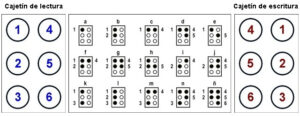
The other classmates used his method, as it was a tool to learn more easily. However, the Institute did not make it official because the cost was high and they did not have the resources. Years went by and Louis Braille became a teacher in that Institute using his own learning method.
In 1826, he published his book (32 pages) entitled “Method of writing and language, simple, of song and music, by means of raised dots for the use of blind people” (it was printed in relief).
Fun fact: on December 30, 2014, Braille had been patented, thus limiting its use in any product. The Spanish Braille Commission, together with the ONCE Foundation, fought for the use of Braille to be free and free of charge, fulfilling the communicative and inclusive purpose.
As always, I leave you with a video in which Deinny, a 9 year old girl (she is part of the skating team, plays some percussion instruments, sings, participates in the Astronomy club, loves reading and enjoys every moment of her life even though she cannot see) teaches us how the braille system works and how it has been her process.
Become a host family and forge lifelong friendships with students.
Sources of reference:
https://www.once.es/servicios-sociales/braille
